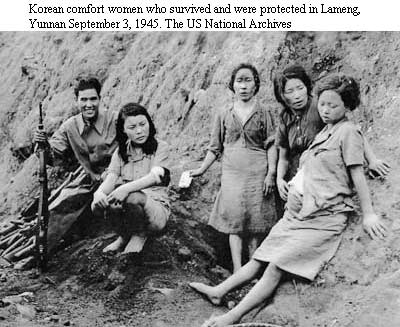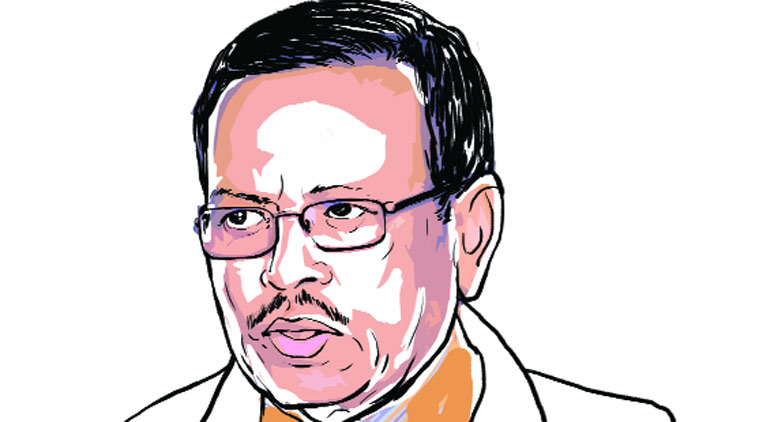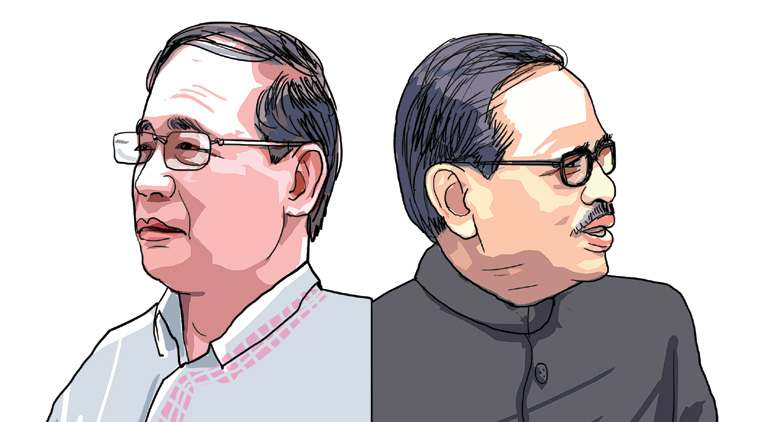Japan introduced negative interest rate to
boost economy. Japan’s central bank just
set interest rates below zero for the first time ever, in an attempt to plug
its leaking economy.
It announced that it would charge a fee of 0.1 percent for certain
categories of current accounts. Charging a fee for some accounts means you will
be paying the central bank for keeping your money with it.
Japan
is not the first one to do such an endeavour...Europe has done something
similar to this !
************************************************************************************
But what does a negative interest rate mean for a central bank of JAPAN
in the first place?
Normal case me aisa hota hai
!!
- In a nutshell, central banks allow
financial institutions to borrow money overnight from one another to make
sure they have enough cash in reserve.
- A bank that has extra cash at the
RBI (in India for example) can lend it to another bank that’s short of its
cash reserve requirements and earn the RBI’s interest rate.
- When these rates are high, banks
are disincentivized from borrowing from each other.
- This chills the economy because
less borrowing between banks means less money passed on to the borrowing
public, and higher interest rates apply to whatever borrowing is taking
place.
On the flip side, when interest rates are low, banks get
interested in borrowing more, and the public, in turn, borrows more from the
banks. This stimulates the economy.
Lekin JAPAN k case me kya hua?
- However, this
hasn’t worked well for Japan’s central bank.
- Low interest
rates haven’t done much to help, nor has quantitative easing, which the
Bank of Japan has done by buying up tons of bonds and other debt, pumping
money into the economy.
- But the economy
didn’t improve much.
toh,,,toh kya ,.,,waha k central bank
Governor ne MENTOS khaya !!
- the bank pushed
the rates below zero.
- Now, a financial
institution that has a surplus of money in Japan’s central bank
earns negative interest.
- In other words,
the bank has to pay a fee to park its cash reserves there.
- In theory, this
means it’s expensive for a bank to sit on its money.
- Therefore, banks
are more likely to go out and lend that money to someone else—companies,
most obviously.
- Putting that
money into companies, and the general public, is supposed to reinvigorate
the economy.
dimaag ki batti jali na !!
Impact
on India?
- Indian investors were seen
hopeful of an interest rate cut by the Reserve Bank of India during the
upcoming monetary policy review slated for February 2, which expectations
were backed up by BoJ's decision to go in for a negative interest rate to
support the Japanese economy.
Chalo
Ab ANALYSIS karte hai IMPLICATIONs on world !!
- First, it means that monetary policy is
not working. There is something more fundamentally wrong with their
economies, and trying to make money cheaper may not get growth rates up.
- Second, in a world where central banks
are trying to force banks to lend and people to save less, it is doubtful
if the US Fed can go in the opposite direction. If Japan will give you
money for nearly free, who will borrow in dollars in the US?
- Third, we are probably close to another
global recession. Japan, Europe and China are all slowing down, and US may
be getting there. Clearly, the slack in the world cannot be fixed just by
easy money.
- Fourth, India will get no help from a
reviving global economy, but cheap money can now flow into Indian stocks
and debt, as Indian assets are looking cheaper. But this depends on how
risk-averse global investors are. India’s growth will thus depend on what
we do here, not what happens abroad. Ironically, even as our central bank
frets about the possibility of fiscal deficits and inflation, Japanese and
ECB moneymen are praying for higher inflation. In this scenario, keeping
our rates high in relative rates may not be necessary (Rajan stop giving
speeches and act! )
- Fifth, clearly, the world’s major
economies should shift the focus of revival efforts to the fiscal side,
and also to enacting more fundamental reforms.
Moral of the Story!!
The
world is back to a situation where there are no clear answers to economic
issues. Neither the snakeoil of Keynesianism nor the frankincense of monetarism
is working. New solutions are needed.
















